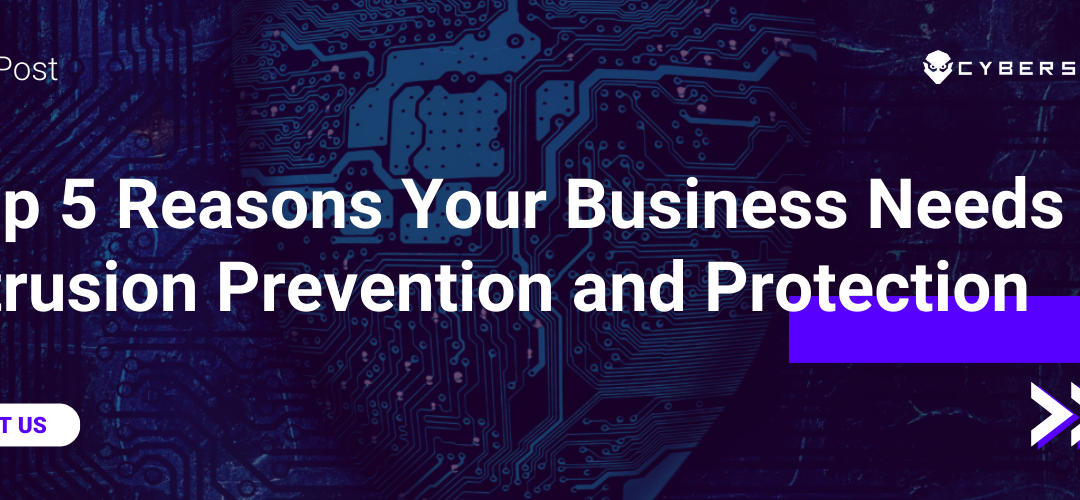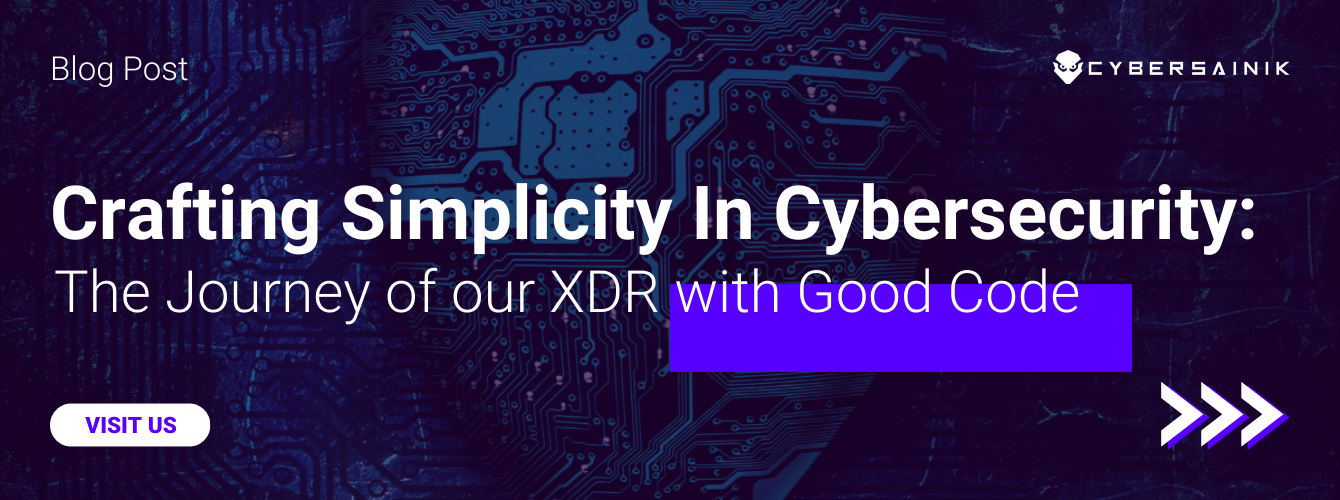As humans, we are constantly weighing the odds of particular events happening, more specifically we identify the likelihood of negative events happening to us as lesser than them happening to someone else. This “that won’t happen to me” attitude is the main reason why we so often take a reactive approach to security.
For example, your house gets broken into. From a reactive standpoint, you call the police, go out and buy a security camera, change the locks on your doors, etc. The proactive approach would suggest that you do all of this before the break-in occurs so that you’ve implemented the cameras, get that guard dog, and change the locks before an incident even occurs.
For security issues that pertain to your business and its data, a reactive approach won’t cut it, and will often result in prolonged downtime and unexpected data loss. With security breaches on the rise, the important thing to realize is that it is no longer a matter of IF you will be affected, but when. That’s why taking a proactive approach to security is the most responsible and secure manner to protect your data and systems.
Top 5 Security Best Practices that will allow your business to take a proactive stance
1) Know Your Environment
If there’s not at least one person in your company who fully understands your IT environment, how can you expect your IT partner to understand it? Knowing your environment means you understand the people, processes, and norms of your business. Who works there? What are the tools you use? What does normal traffic on the network look like? How much data are you backing up? Is your business virtualized? A solid understanding of your environment allows a security services provider like Cyber Sainik to better partner with you to identify deviations from normal environment traffic and take proactive security measures.
2) Backup Your Environment (All of it)
Within any organization, there’s data that is critical to the business operations and data that’s non-critical. Think about the significance of losing customer contracts, personally identifiable information, email communications, or access to virtual workspaces. These are the “crown jewels” of your business- the data you simply can’t afford to lose. You’ll want to back up these “crown jewels” daily and prioritize them over other backup jobs. But still, what if a hacker gets into your backup environment? If you’ve only backed up your crown jewels, criminals have access to the most sensitive data. To combat this scenario, back up your entire environment. If a hacker does get into your network, they’ll have to sort through file after file or information and won’t be able to easily identify the mission-critical from the non-mission-critical data.
3) Safeguard Your Environment
Safeguarding your environment includes implementing time and role-based security. It’s about what you have, what you have on you, and what you know. Here’s what I mean. With role-based security, your access rights to the environment are based on the role you play within your company – your knowledge is needed to know only. Time-based security- you guessed it, has to do with when you can access the environment.
Additionally, there’s restricted access as it relates to physical and timed restrictions to your business’ data. This could be 2-factor authentications that safeguard the login process, a physical badge to swipe into the building, a pin number, or even biometrics (fingerprints). Ensuring that people only have access to the data they need access to, and when they need to access it, cuts down on the likelihood of human error-related breaches.
4) Encrypt Your Data
Encrypting your data in transit, at rest, and within your environment adds an extra layer of security to your data. While backing up your data, it’s vital that it sits encrypted in the off-site data repository. While transitioning to the cloud, it is also imperative that data is encrypted in transit from your business to the cloud.
5) Monitor Your Environment
There are so many different means and methods for business interruption- downed networks, cyber-attacks, natural disasters, human error, and viruses are just a few. Because businesses are projected to face attacks on their networks every 14 seconds according to Cybersecurity Ventures, you can’t possibly monitor and react to all those threats manually. You’ll need a dedicated team and tools to monitor your environment on a consistent basis so that you can identify and resolve issues before your customers even know you faced an attack.
The Bottom Line
Data and network security are required for business continuity and corporate success. With uncontrollable external factors, prepare your business by implementing these top 5 security best practices. Contact us today and we’ll help you get started.




